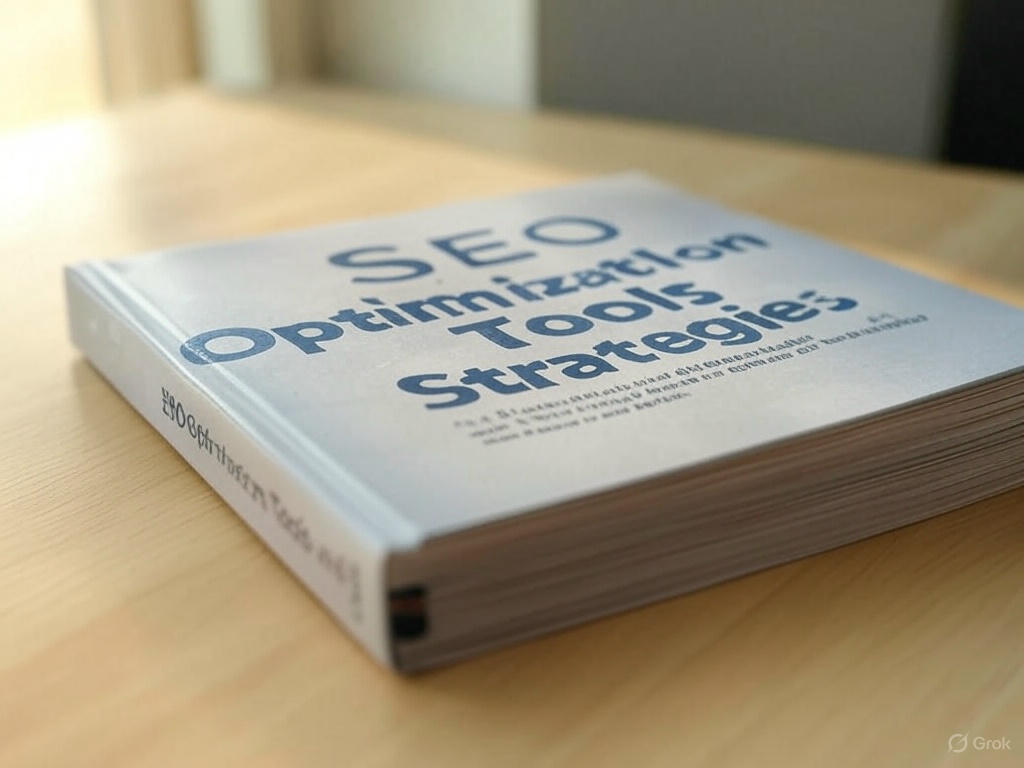Ever feel like SEO is some kind of mysterious wizardry? Like you need a magic wand (or maybe just a tech-savvy intern) to make Google love your content? Yep, been there. When I started blogging, the only thing I optimized was my coffee intake. But with time (and many late-night rabbit holes), I cracked the code.
In this post, I’m spilling the beans on the best tools and strategies for SEO optimization. No fluff, no jargon — just real stuff that works.
What Even Is SEO Optimization? (Let’s Clear the Fog)
SEO, aka Search Engine Optimization, is the art of convincing Google your content is worth showing to people. It’s like getting a VIP pass to the first page of search results. And trust me, if your content isn’t on that first page, it’s basically hiding in your grandma’s attic.
There are two sides to SEO:
- On-page SEO (what you do on your website)
- Off-page SEO (what others say about your website — think backlinks, shares, etc.)
And both matter. A lot.
The Top SEO Tools That’ll Make You Feel Like a Pro
Here’s the thing — even the most brilliant content won’t rank if you don’t have the right tools in your digital toolbox. So here are my ride-or-die tools that helped me go from “invisible” to “Hey, I found your blog on Google!”
1. Ahrefs
This tool is like the James Bond of SEO — slick, powerful, and loaded with features.
What I love:
- Shows me which keywords my competitors are ranking for (snooping, but make it legal)
- Helps me find backlink opportunities
- Tracks my site health and broken links
Real talk: It’s not cheap. But if you’re serious about SEO, it’s totally worth the splurge.
2. SEMRush
If Ahrefs is James Bond, SEMRush is Batman — tactical, robust, and equally obsessed with data.
Best bits:
- Offers a killer keyword magic tool
- Content audits that tell you what’s dragging your site down
- Great for PPC and content marketing
3. Google Search Console
Let’s not ignore the OG. It’s free and directly from Google’s brain.
Why I use it daily:
- See which keywords are bringing traffic
- Identify indexing issues
- Submit new pages for crawling
Bonus tip: Check your mobile usability — Google loves mobile-friendly sites.
4. Ubersuggest (by Neil Patel)
If you’re just starting out and your budget’s tighter than skinny jeans, Ubersuggest is your buddy.
Why it rocks:
- Free keyword research
- Basic SEO audits
- Domain overview with backlink data
5. Surfer SEO
Want to write content that actually ranks? Surfer is your AI co-pilot.
What it does:
- Gives a content score based on top-performing pages
- Suggests word count, headings, and keywords
- Integrates with Google Docs (yes, please!)
SEO Strategies That Aren’t Just Theoretical Nonsense
Okay, let’s get to the meat and potatoes — the actual strategies that move the needle.
1. Start With Keyword Intent (Not Just Volume)
Back in the day, I used to chase high-volume keywords like they were golden tickets. Spoiler alert: they’re not — unless you’re Amazon.
Now? I go after intent.
- Informational: “How to start a blog”
- Transactional: “Best blog hosting deals”
- Navigational: “Wix login”
Strategy: Use tools like Answer the Public or AlsoAsked to understand what people actually want to know.
2. Write for Humans, Then Tweak for Bots
No one wants to read robotic content. Period.
I write like I’m chatting with a friend over coffee (with oat milk, of course). Then, I optimize:
- Add my primary keyword in the title, H1, meta description
- Use LSI keywords naturally (no stuffing!)
- Add internal and external links

3. Update Old Content Like a Pro
Here’s a trick most beginners miss: old content is SEO gold.
Every few months, I:
- Revisit old blog posts
- Update stats, fix broken links
- Improve readability and add recent insights
Google loves fresh content. And it gives your old posts a new life.
4. Get Those Sweet, Sweet Backlinks
Backlinks = street cred for your site.
How I build mine:
- Guest posting (yes, it still works)
- Broken link building (email site owners with a helpful alternative)
- HARO (Help a Reporter Out — be the expert in articles!)
5. Optimize for Featured Snippets (Zero-Position Glory)
You know those little answer boxes that show up before the first result? That’s the featured snippet.
How to get one:
- Answer common questions clearly in under 50 words
- Use H2/H3 for questions
- Add bullet points or numbered steps
Real-Life Example: How One Blog Post Got Me 10k+ Views
Let me tell you about this one post I wrote — “Best Budget Travel Hacks.”
Initially, it was a meh post. Maybe 100 views a month. I followed my own strategies:
- Rewrote it using Surfer SEO
- Added better images and internal links
- Got two backlinks via guest posts
- Added a FAQ section
BOOM. Within three months, traffic exploded. Now it ranks on page one for multiple keywords.
Lesson? A few strategic tweaks go a long way.
Common SEO Mistakes That’ll Tank Your Rankings (Don’t Be That Person)
- Keyword stuffing: Google’s not stupid. Stop jamming keywords like a turkey.
- Ignoring mobile optimization: Over half of searches are mobile. Get with it.
- Skipping meta descriptions: That’s your ad copy. Write it well.
- Not having an SSL certificate: Unsecure site? Bye-bye traffic.
FAQs: Quick Answers for Curious Minds
What are the top 3 free SEO tools?
- Google Search Console
- Ubersuggest
- Answer the Public
How long does it take to see SEO results?
Typically 3-6 months. Faster if you’re consistent and strategic.
Is SEO better than paid ads?
Depends on your goals. SEO is a long game but gives compounding returns. Ads give instant traffic but disappear once you stop paying.
Can I do SEO without technical skills?
Absolutely. Focus on content, structure, and user experience. Tools can help with the techy stuff.
Call to Action: Let’s Talk SEO!
Still confused? Wanna share your SEO wins or struggles? Drop a comment below — I read every single one. Or better yet, tell me your favorite SEO tool. Let’s nerd out together!
And hey, if this post helped you even a little, consider sharing it. Your one click could help another struggling blogger out there.
Until next time, stay optimized and caffeinated! ☕🚀


















